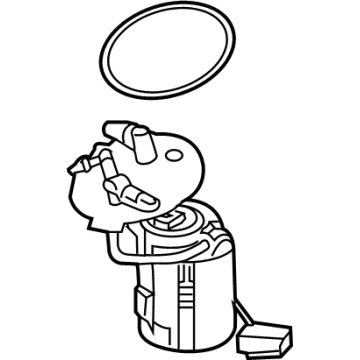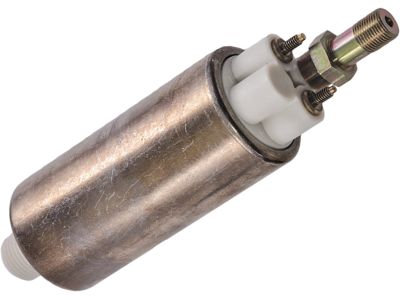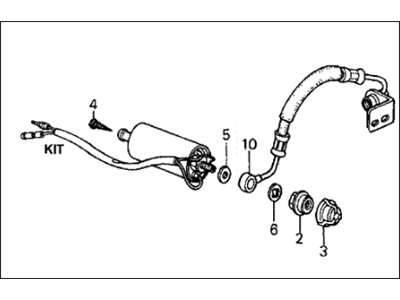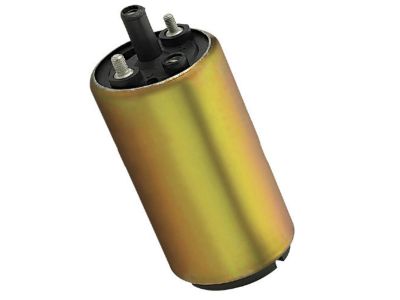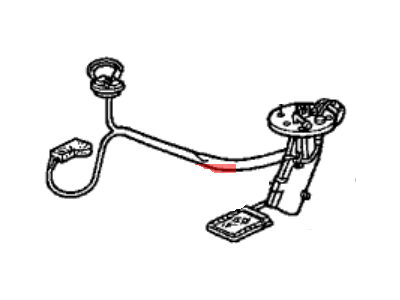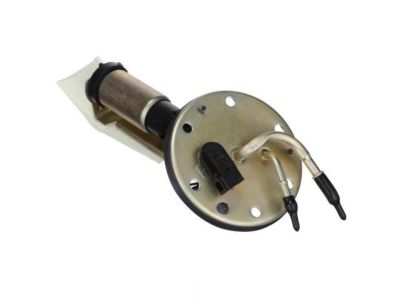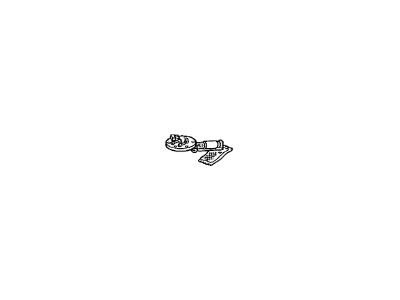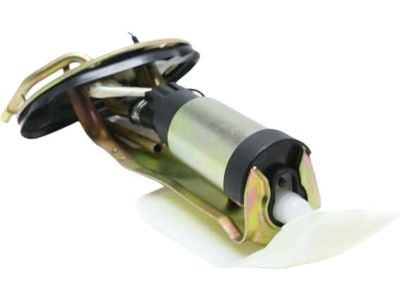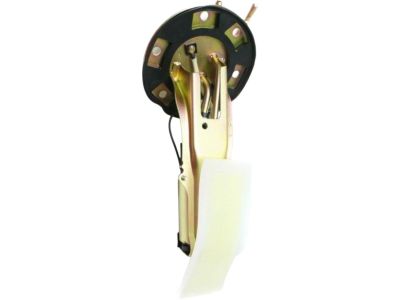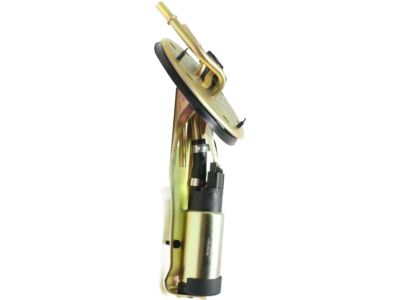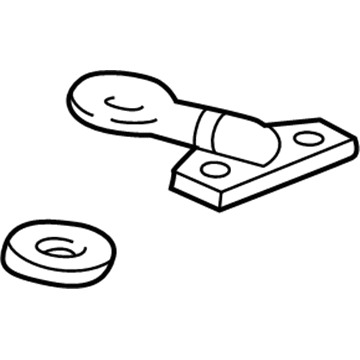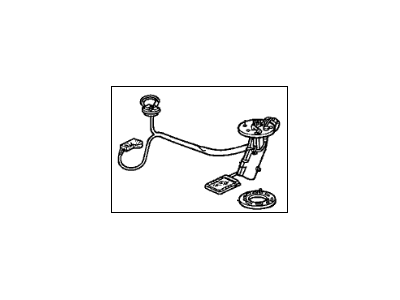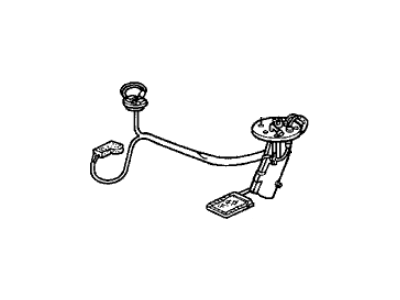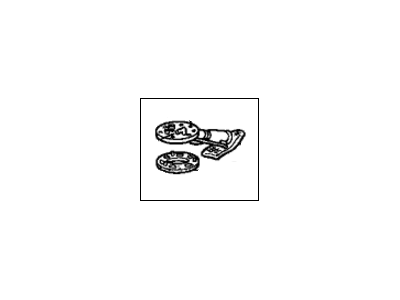×
- Hello
- Login or Register
- Quick Links
- Live Chat
- Track Order
- Parts Availability
- RMA
- Help Center
- Contact Us
- Shop for
- Acura Parts
- Acura Accessories

My Garage
My Account
Cart
Genuine Acura Integra Fuel Pump
Gas Pump- Select Vehicle by Model
- Select Vehicle by VIN
Select Vehicle by Model
orMake
Model
Year
Select Vehicle by VIN
For the most accurate results, select vehicle by your VIN (Vehicle Identification Number).
15 Fuel Pumps found
Acura Integra Pump Assembly
Part Number: 16790-5PC-H02$510.14 MSRP: $728.57You Save: $218.43 (30%)Ships in 1-3 Business DaysAcura Integra Mod Set, Fuel Pump
Part Number: 17045-T20-A00$288.06 MSRP: $411.40You Save: $123.34 (30%)Ships in 1-3 Business DaysAcura Integra Mod Set, Fuel Pump
Part Number: 17045-31M-A00$264.63 MSRP: $377.93You Save: $113.30 (30%)Ships in 1-2 Business Days



Acura Integra Fuel Pump
We provide a broad range of OEM Acura Integra Fuel Pump at unbeatable prices on our website. For your OEM parts, You can count on the guaranteed quality, manufacturer's warranty, outstanding customer service, and prompt delivery. We look forward to your visit.
Acura Integra Fuel Pump Parts Questions & Experts Answers
- Q: How to perform a fuel pressure and fuel pump test and diagnosing fuel system issues on Acura Integra?A:To perform the fuel pressure test, obtain a fuel pressure gauge capable of measuring high fuel pressure and an adapter set for the fuel injection system being tested. First, ensure there is adequate fuel in the tank and verify that the fuel pump runs by turning the ignition switch to ON, listening for a brief whirring noise. If there is no sound, check the fuel pump electrical circuit. Next, connect the fuel pressure gauge to the test port on the fuel filter, then turn the ignition switch ON (engine not running) and observe the pressure on the gauge. Start the engine and let it idle, then disconnect the vacuum hose from the Fuel Pressure Regulator to check for an immediate pressure increase. If the pressure is too high, apply vacuum to the regulator; if it drops, repair the vacuum source, and if it does not, replace the regulator. If the pressure is not within specifications, check for vacuum at the regulator, inspect the fuel filter, and restrict the return line to diagnose potential issues with injectors or the in-tank fuel pump. After testing, relieve the fuel pressure and remove the gauge. If the pump does not activate, check the fuel injection main relay fuse and replace it if blown. If the pump still does not work, check for power at the fuel pump connector and continuity to ground. If voltage is absent, inspect the relay circuit and check for battery voltage at the relay connector. If voltage is present, test the relay for continuity using jumper wires and an ohmmeter, replacing it if necessary.


